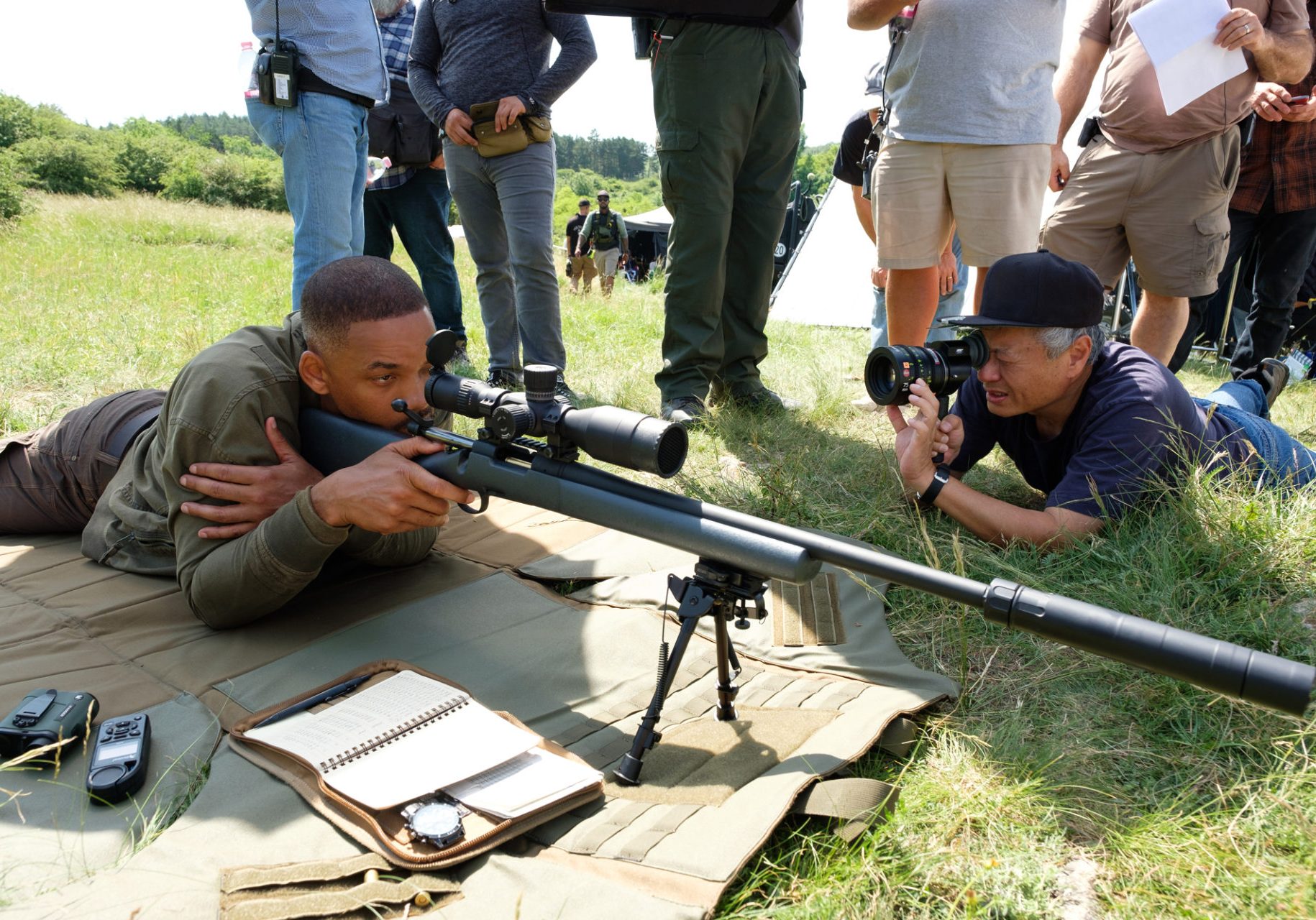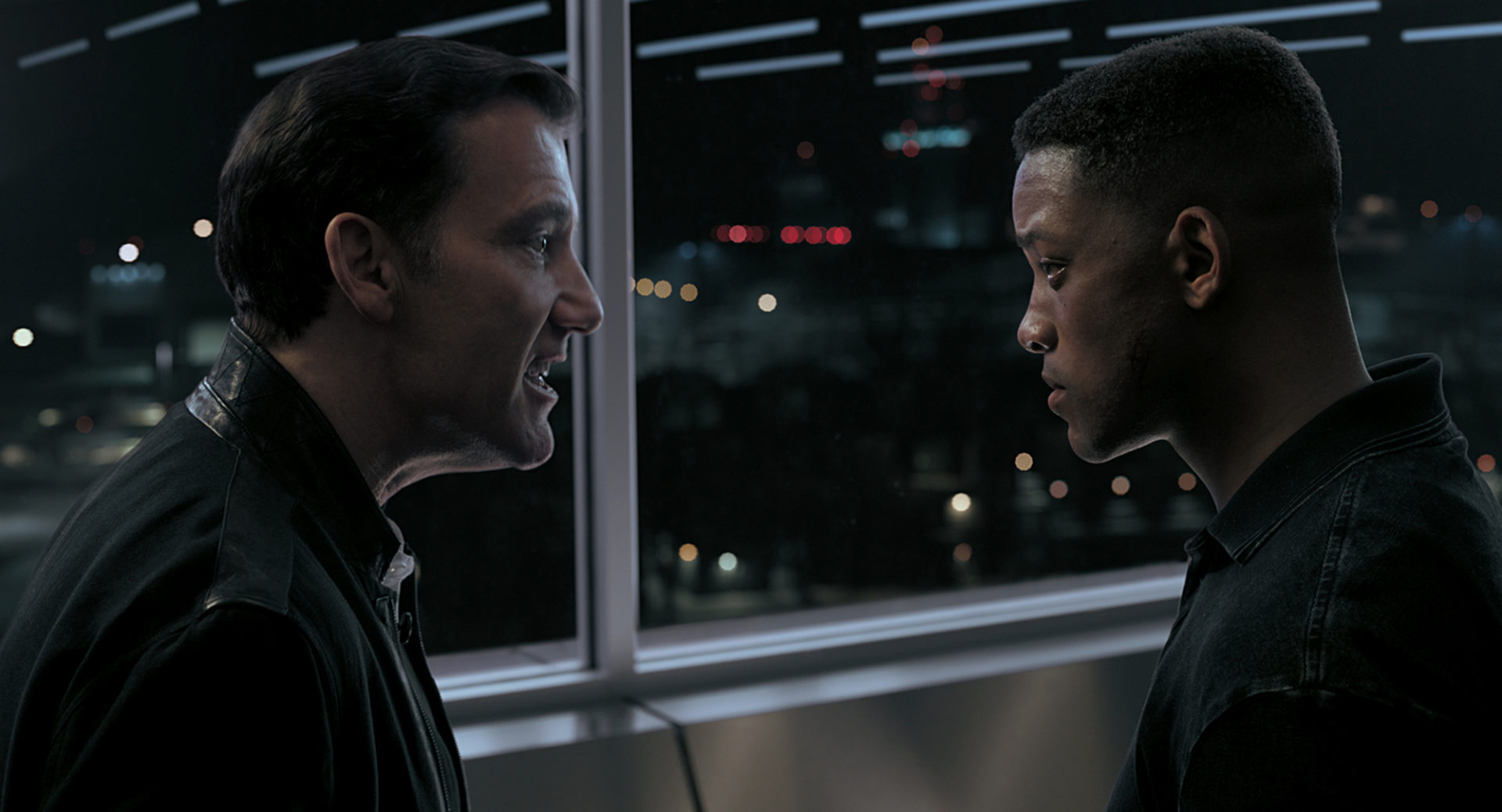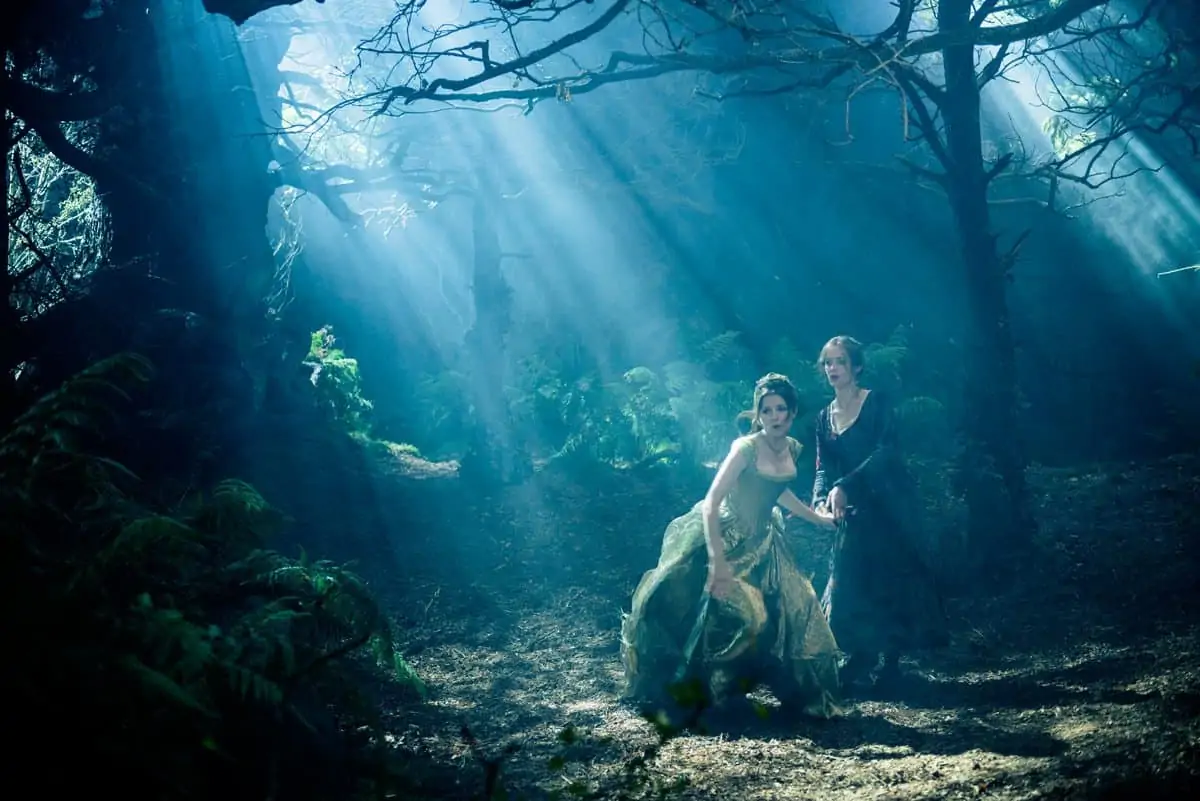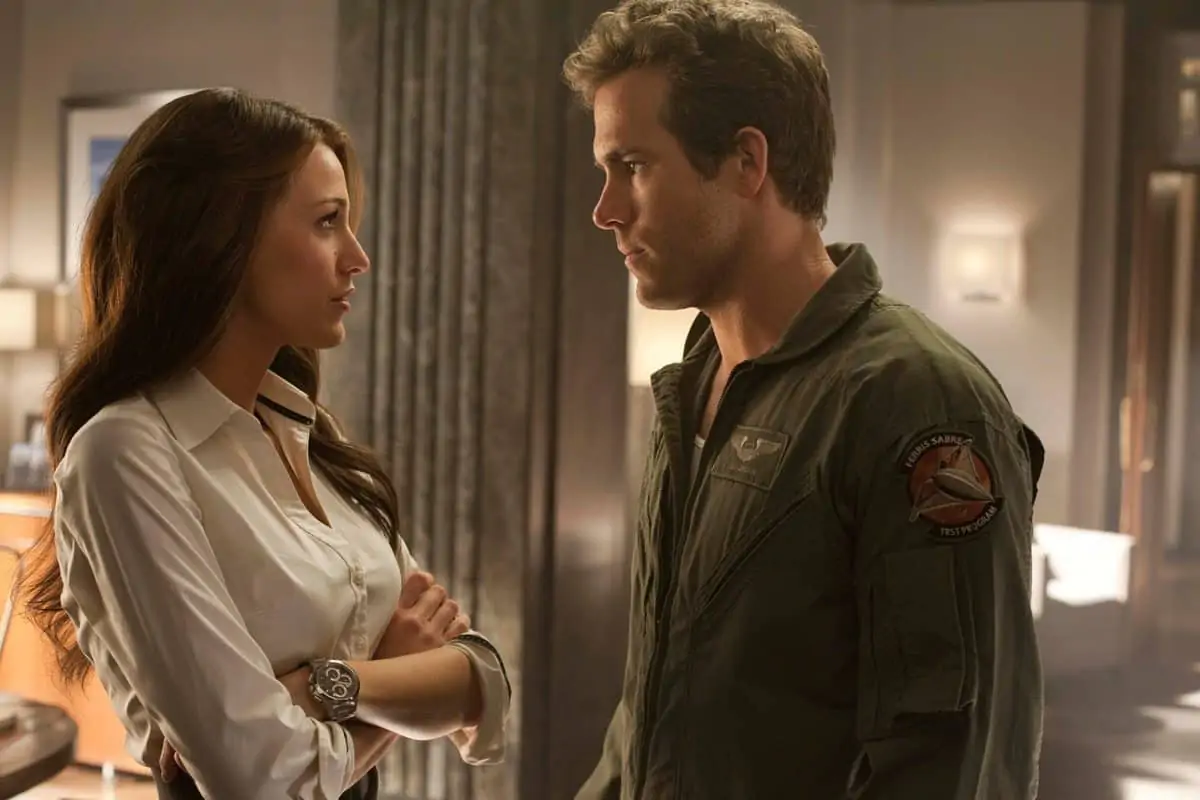Double Vision
Dion Beebe ACS ASC / Gemini Man

Double Vision
Dion Beebe ACS ASC / Gemini Man
BY: Ron Prince
Shooting in native 3D stereo at 4K, and with the ultra-high frame rate of 120fps, for the first time in moviemaking history, director Ang Lee created an immersive and moving experience, dramatising the realities of war in a way that had never been seen previously, for Sony Picture's Billy Lynn's Long Halftime Walk (2016, DP John Toll ASC).
Wanting to broaden, enhance and deepen his understanding of this technological approach to storytelling, Lee, a two-time Academy Award winner for Brokeback Mountain (2005) and Life Of Pi (2012), enlisted the cinematographic talents of Dion Beebe ACS ASC for his next venture, Gemini Man.
The action-packed thriller sees Henry Brogan, an over-the-hill hit-man, face-off against a younger clone of himself - with the senior and junior characters both played by Will Smith.
Beebe, an Oscar-winner himself for Memoirs Of A Geisha (2005), has embraced new techniques previously, including the use of digital high-definition on the neo-noir crime thriller Collateral (2004, dir. Michael Mann).
"Gemini Man was my first foray into what Ang calls 'the full shebang' of high-rez 3D HFR," says Beebe. "He believes it's a different medium, with a different perception and different requirements, and I was really curious to collaborate with him on this next voyage of experimentation and discovery into what it can do."

Principal production on Gemini Man - a two-camera shoot in the main, taking place over 100 shooting days - commenced on February 27, 2018, in Glennville, Georgia, followed by location work in the city of Cartagena, Colombia, before moving to Budapest, Hungary, where locations included the renowned Széchenyi Thermal Baths.
The 3D rigs used on Billy Lynn comprised of dual Sony F65 4K-capable cameras plus unfiltered ARRI Zeiss Master Primes, weighing-in at a cumbersome 100lbs. However, the updated camera package for Gemini Man, developed by stereographer Demetri Portelli and 3D systems engineer Ben Gervais, included a new 3D Stereotec mirror-rig, housing a pair of ARRI Alexa M cameras (shooting at 3.2K ARRIRAW, up-rezzed to 4K for post production) fitted with matching pairs of Leitz Summilux and Summicron lenses, delivering a more diminutive size and a reduced 72lb payload. Amongst other benefits, this had the effect of making manoeuvrability a much more manageable proposition this time around, as testified in the many chase and fight sequences in the movie.
"The slightly smaller and lighter rig enabled a freeing-up of the camera," notes Beebe. "Ang had felt some frustration with the size of the earlier rigs, in terms of camera movement, and this new package enabled us, with some clever rigging, to shoot handheld and work the cameras more like a regular genre action movie."
He notes, "Furthermore, the Leitz lenses are very precise and clean. Having a consistent, reliable image across multiple pairs of glass, on two and sometimes three 3D stereo rigs, was huge in mitigating the impact of any corrections needed down-the-line in post."
"HFR 3D is somewhat confronting and not immediately comfortable when you start watching it. Because of the amount of information you are receiving, plus the lack the motion blur and the lack of darkness between the frames that we have come to associate with our 24fps viewing experience, HFR is a visceral and vivid experience."
- Dion Beebe ACS ASC

Beebe is perfectly candid when he says that, "HFR 3D is somewhat confronting and not immediately comfortable when you start watching it. Because of the amount of information you are receiving, plus the lack the motion blur and the lack of darkness between the frames that we have come to associate with our 24fps viewing experience, HFR is a visceral and vivid experience.
"There's greater clarity, more presence, depth and image detail at 120fps. You can see much more detail and nuances in the actor's expressions and what the character is feeling. Along with the performances, it also impacts everything else - from the art direction, wardrobe, make-up and hair, right through to the way you move the camera, and especially the lighting. Ang wanted to embrace, control and augment all of this for Gemini Man, rather than trying to soften or tone things down."
In this respect, lighting proved a significant contemplation. "The more I tested, the more I found that the standard approach to lighting - with key/fill ratios and backlights - was not feeling natural at all," Beebe explains. "So I started to develop the idea of a multi-source keylight, of surrounding the actors with multiple sources that effectively mirror the way we see things with our own eyes in the real world, where we, more-often-than-not, experience direct, soft, bounced and refracted light.
"This 'rethinking' of lighting - with the ability to switch and adjust the intensity of illumination within a scene - really helped to satisfy the 3D nature of what we were doing. For example, when things fall into complete black you lose the sense of depth and volume in the image. But this approach enabled us to bring texture into the darkened, shadow areas and to retain that sense of volumetric depth."


Whilst 24fps production has been perfected over the course of more than 100 years, 120fps remains an evolving approach that Lee has only begun to explore, and Beebe expects other creators will eventually follow suit in unlocking the aesthetic mysteries of HFR 3D.
"Although 24fps represents the idea and the emotion of cinema for older generations filmmakers and audiences, there is a new wave, especially in video gaming, who are far more familiar with viewing content at higher frame rates. It's not unusual for gamers to play at 120fps or even 240fps.
"Along with that growing visual familiarity, both Ang and myself believe HFR 3D will get easier and easier, in terms of the techniques and technologies in production and post. I was blown away by the visual, visceral results we achieved on Gemini Man, and really believe that 3D HFR will continue to play a part in our exploration of what it means to create digital cinema."











